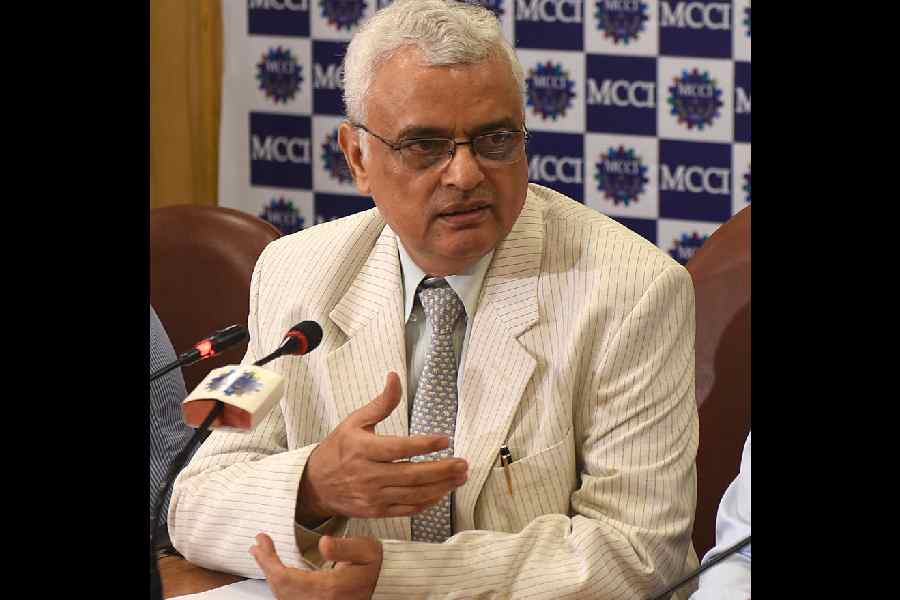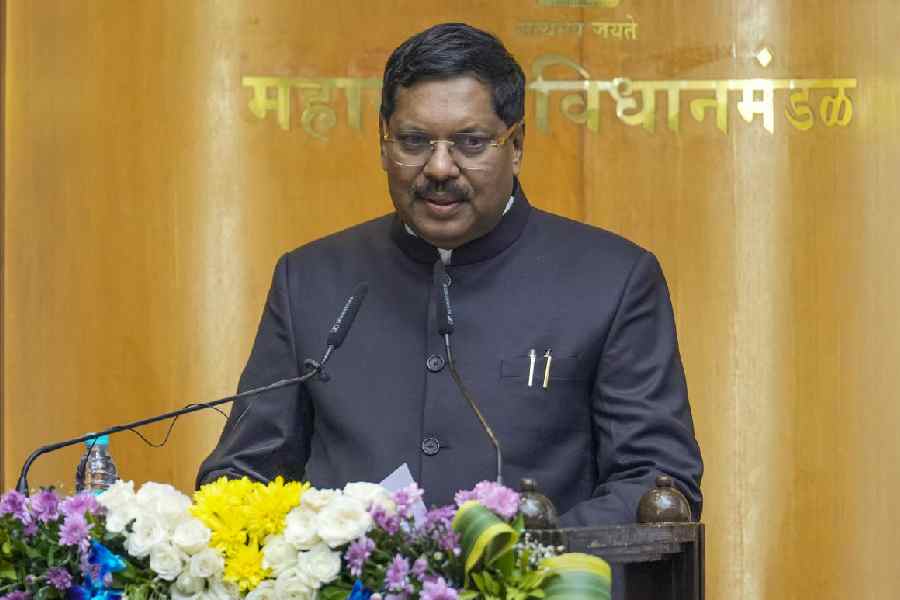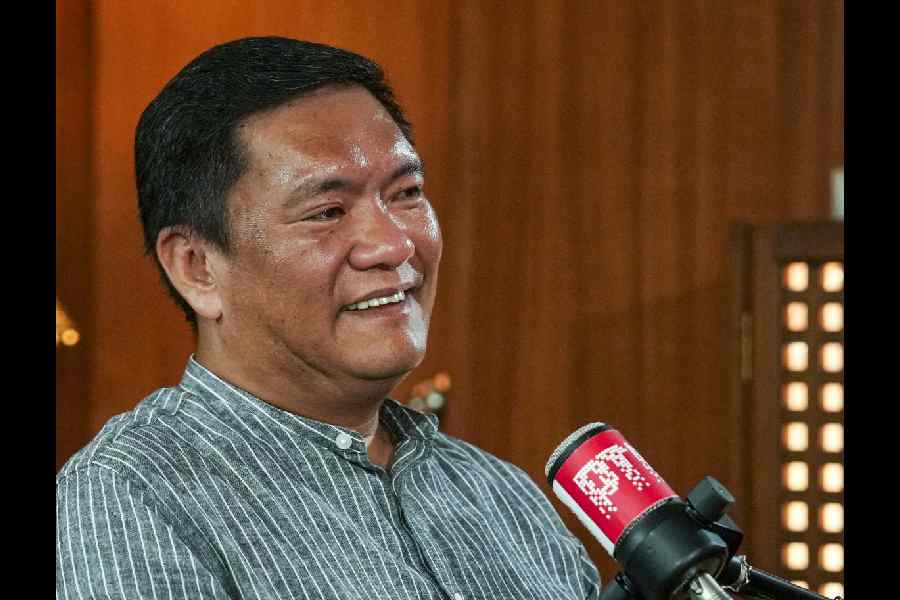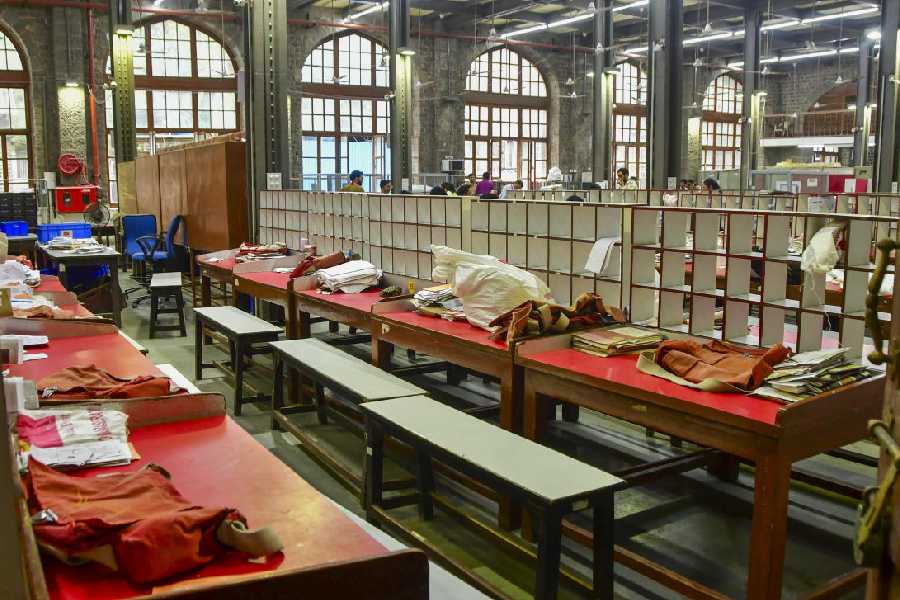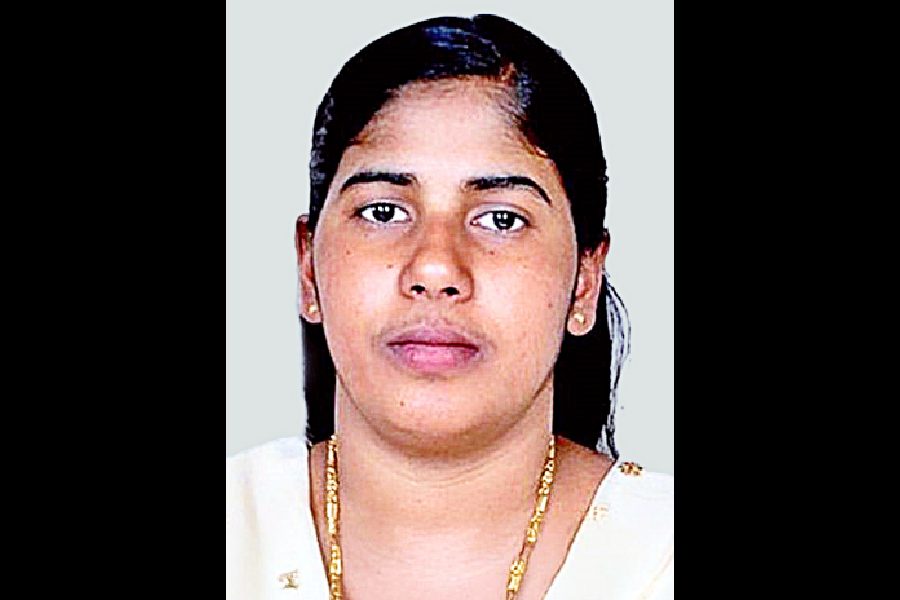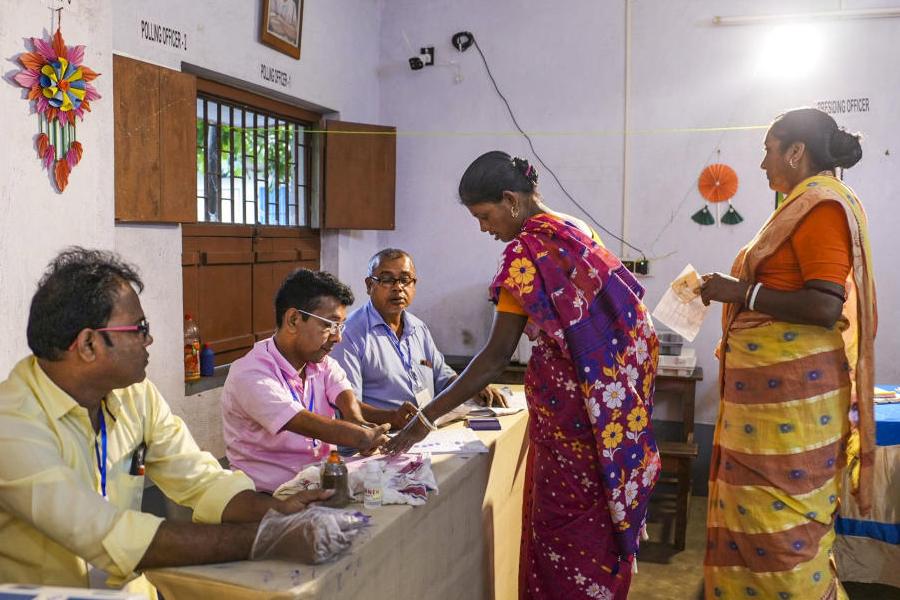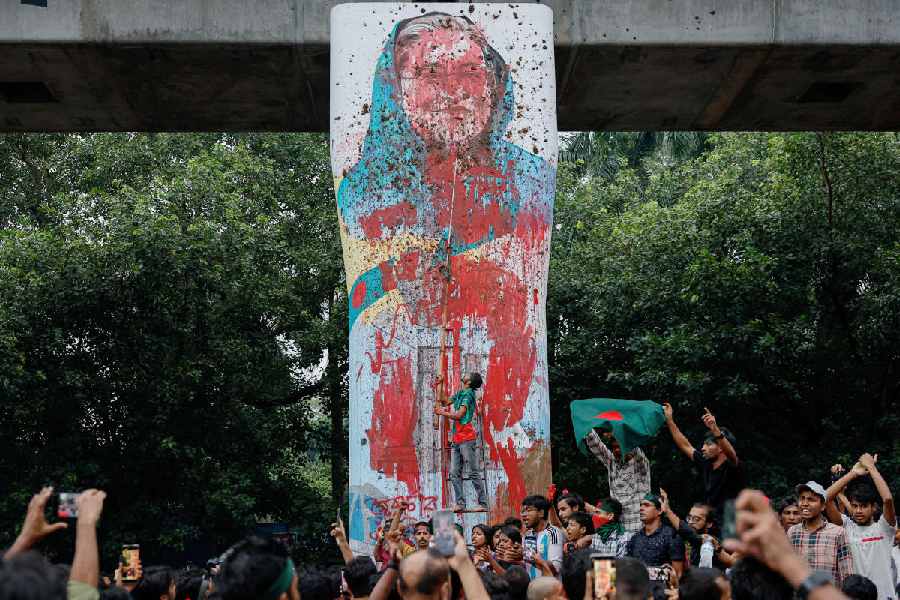 |
Alot of Rabindranath Tagore’s music was deeply influenced by Bengal’s folk traditions. The philosophy and spontaneity of the baul tradition intrigued him. The impact of the kirtan on his work was also considerable. His love of the padabali kirtan is evident in works such as his lyrical collection, Bhanushingher Padabali.
On August 19, at the G.D. Birla Sabhagar, Sa Re Ga Ma and Utshaho-udbhash organized Dorodiya, a concert of devotional kirtans and kirtan-influenced Rabindrasangeet that promised to be experimental and interesting. I was in for a shock. Things started to go downhill in the first hour of the show — a segment that was devoted purely to the singing of kirtan songs — but not at first. The artist, Parveen Sultana, said that she was exploring kirtans as an amateur because of her love for them. Her honesty and vulnerability helped the audience warm to her, and she grew visibly more confident as the show progressed. The singing of a kirtan involves an engagement with the song and its meaning that frees the singer to participate, physically, in the experience of devotion. Sultana began the show with an indifferent rendition of Basudeb Ghosh’s “Ajo re go ranger mone” ( the terrible acoustics in the auditorium did nothing to ease the onslaught on the audience’s ears) but slowly started letting go with Govind Das’s “Bhogoban pita ratri”. She proceeded to sing from a host of padabalis; each lyric flowed smoothly into the next. “Gungun gunjone” and “Na na chhnuyo na amaye” took the story of the Radha-Krishna courtship forward. It was when Sultana sang a Chandidas lyric mourning the separation of Krishna and Radha that the show’s good run ended. A kirtan’s tale ought to be allowed to progress at its own pace. Unfortunately, a cue to wrap up quickly made Sultana jittery; her last song, celebrating the reunion of Radha and Krishna, seemed abrupt and premature.
The real torment began with Rahul Mitra’s segment of the concert. Mitra began his set with the famous kirtan-inspired “Ami jene shune tobu” — and he ruined it. It was a performance devoid of any sort of nuance or genuine emotion, factors which are crucial to the singing of Rabindrasangeet. Moreover, Mitra made no effort to disguise the disconnect between himself and the musicians on the accompanying instruments. Whenever they fumbled in the rhythm — as they did during such songs as “Ami samsare mon diyechhinu” and “Chahina sukhe thakite hey” — Mitra would shoot angry glances at his flustered musicians, further messing up the experience of an already terrible concert. Mitra’s co-vocalist seemed to have no idea about her cues; she picked up her signals to sing with (an off-key and short-of-breath) Mitra seconds after she was supposed to have begun. The carelessness with which this segment was executed was appalling.
What was most unfortunate about the evening was the manner in which Mitra raced through the songs — all of which were supposed to be timed perfectly, according to the varying rhythms found in kirtans — at breakneck speed. If paucity of time was his problem, he shouldn’t have sung 20 songs. The show didn’t just disappoint me; it left me angry.


